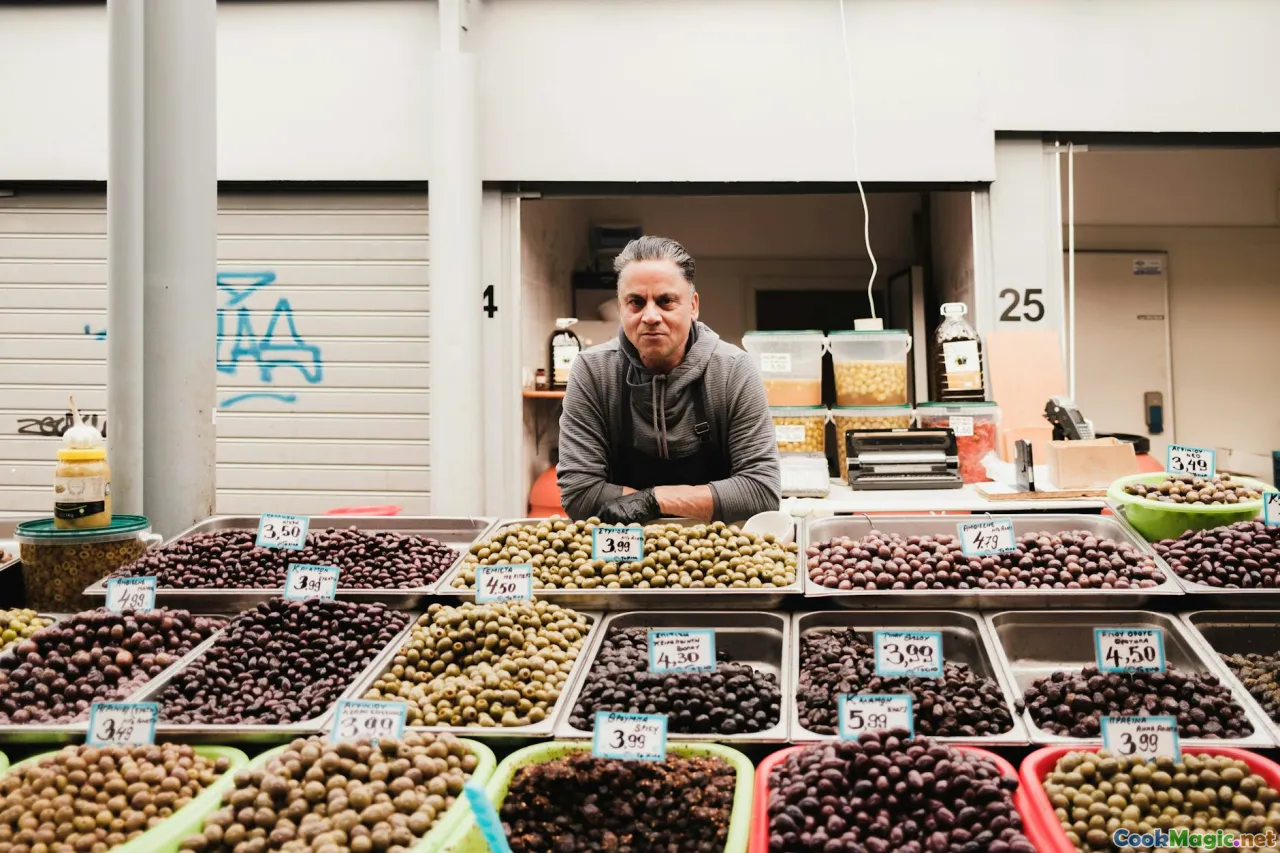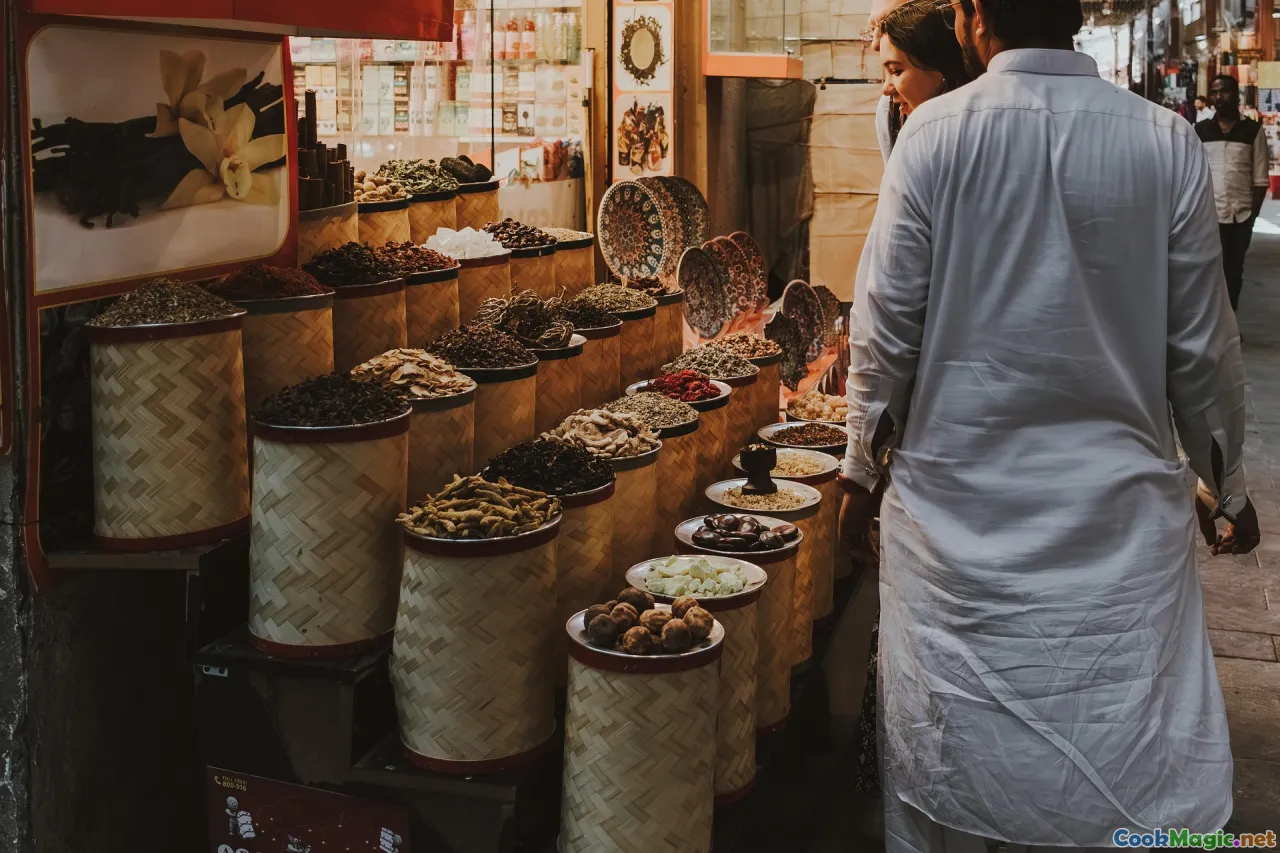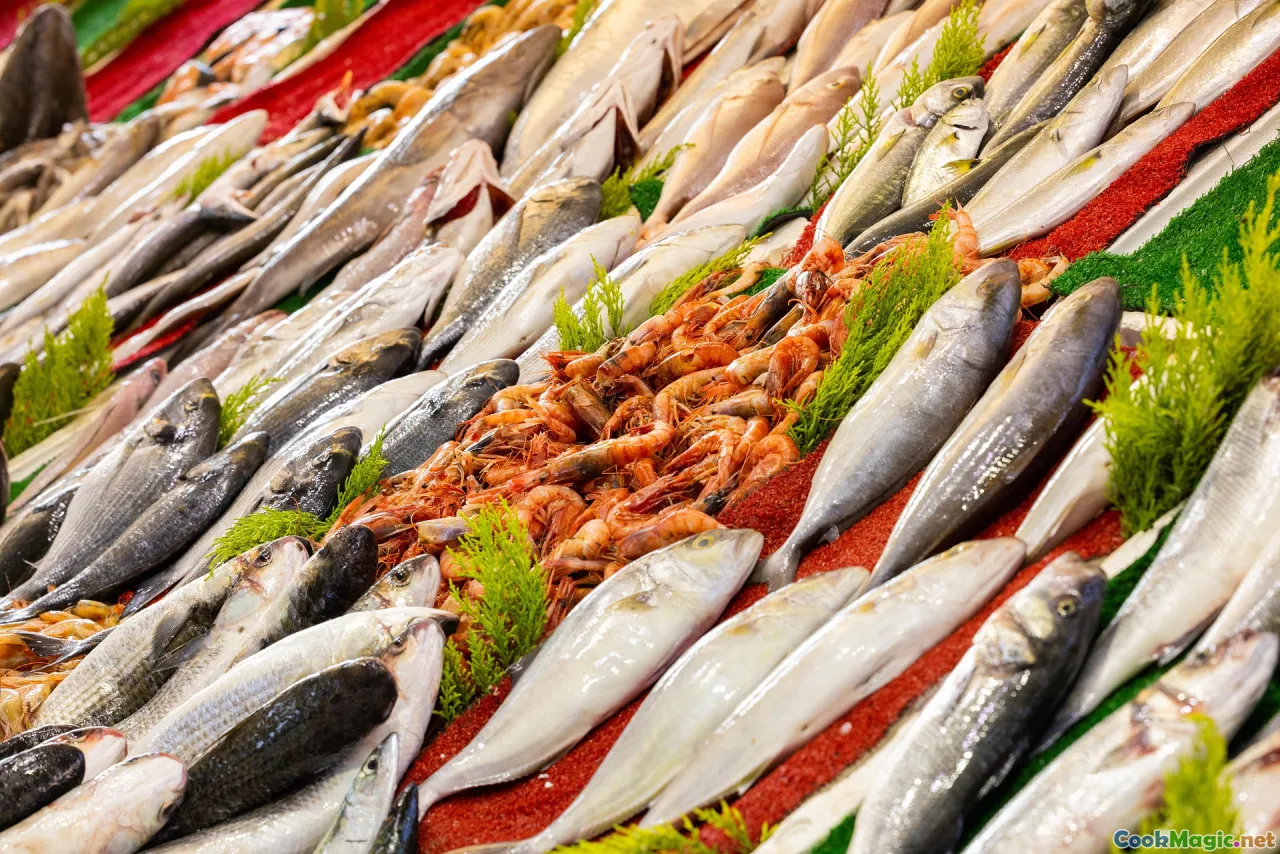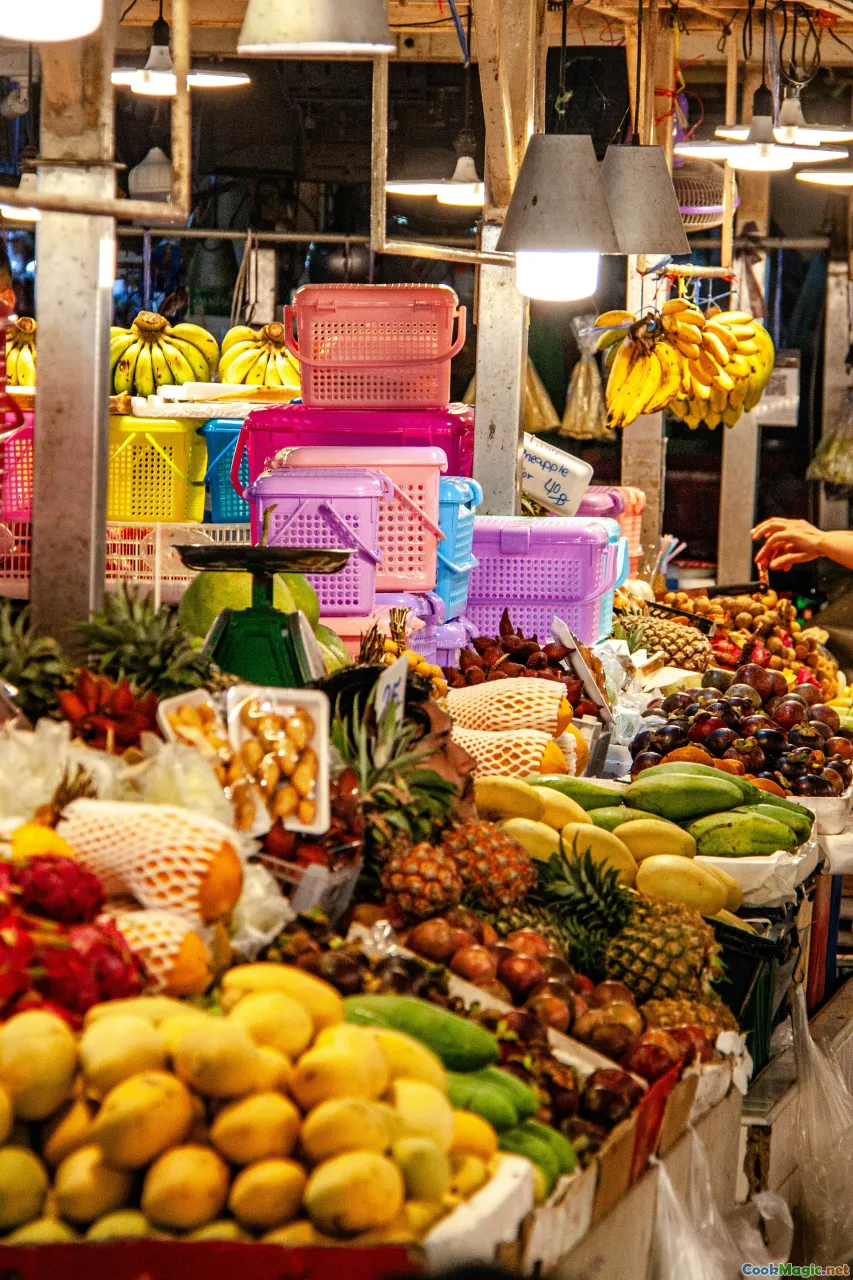Street Market Favorites of Port Louis
11 min read Explore the vibrant street market of Port Louis and discover authentic Mauritian treats and culinary gems in a lively marketplace setting. September 30, 2025 21:05
Street Market Favorites of Port Louis
The vibrant heartbeat of Mauritius, Port Louis, pulses strongest within its bustling street markets where every turn unveils a tapestry of colors, aromas, and flavors that tell stories of history, migration, and a rich culinary tapestry. Walking through these lively bazaars is akin to immersing oneself in a multisensory dance—where sizzling spices, freshly grilled seafood, sweet tropical fruits, and the infectious hum of chatter converge to evoke both nostalgia and discovery. As a culinary enthusiast, I’ve wandered through these street markets many times, each visit revealing new layers of flavor and tradition that resonate deeply with Mauritian soul.
In this exploration, I invite you to journey with me through the flavorful corridors of Port Louis’ street markets, unveiling their most beloved favorites—the dishes, ingredients, and stories that make these markets an unforgettable feast for the senses.
The Cultural Melting Pot: A Historical Overview of Port Louis Markets

Mauritius’s history as a melting pot of cultures—Indo-Mauritian, Creole, Chinese, French, and Arabic—shapes every aspect of its culinary landscape. Arriving at Port Louis’s vibrant markets is stepping into a living museum where the diverse threads of ancestry intertwine. From the Indian spices brought by the indentured laborers to the Chinese herbs and Creole ingredients, each stall narrates stories of migration, hope, and adaptation.
The central market, known locally as Bazaar Port Louis (or simply the Port Louis Market), dates back to the 19th century, evolving from a simple trading point to a sprawling hub filled with vendors selling everything from produce and spices to textiles and handicrafts. This historic site embodies Mauritius’s collective heritage and, through its food, offers a delicious entry point into understanding its multicultural fabric.
Savoring the Classic Street Food Staples

Cari Poule (Chicken Curry)
No visit to Port Louis’s street markets is complete without the aromatic allure of Cari Poule. This tender, flavorful chicken curry, simmered in a fragrant blend of turmeric, cumin, coriander, and Mauritian spices, embodies comfort food at its best. Vendors ladle steaming curry onto a banana leaf, accompanied by fluffy white rice or classic roti, with sides of pickles and fresh vegetables. The smell alone—warm, spiced, slightly smoky—draws crowds into the bustling stalls.
Dholl Puri and Street-side Roti
One of the most beloved Mauritian street snacks, Dholl Puri is a thin, soft flatbread filled with ground yellow peas and generously brushed with butter and chili. Cart vendors often fold and stuff these into a small paper package, ready for devouring on the go. Complement it with a side of chutney or spicy lentil curry, and you have a perfect handheld meal—crispy, tender, and bursting with flavor.
Samosas and Vada
Crisp, golden, and packed with savory fillings, Samosasare ubiquitous. Whether stuffed with spiced potatoes, minced meat, or fish, these fried pockets are best enjoyed with tangy tamarind chutney. Nearby,Vada—crisp-fried lentil doughnuts with a spicy interior—offer a chewy-textured contrast that delights locals and visitors alike.
The Seafood Delight: Fresh from the Indian Ocean

Mauritius’s coastal location makes seafood a star of street cuisine. The Port Louis Fisheries Market is a sensory explosion—smells of salt, fish, and smoky grills mingle in the air. Freshly caught fish such as barracuda, marlin, or snapper are grilled over open flames, brushed with aromatic herbs and spices.
Grilled Fish Skewers (Brochettes)
Port Louis brochettes—skewered pieces of marinated fish or meat—are a quintessential street treat. Marinated in a mixture of turmeric, garlic, lime juice, and Mauritian spices, then grilled until smoky with crispy edges, these skewers are often enjoyed with a squeeze of lime, spicy chili sauce, and a side of traditional chutneys.
Seafood Communal Platters
Particularly during weekends, the markets and streets overflow with communal seafood platters featuring lobster, crab, and prawns. The curry de crab—succulent crab cooked in a spicy, coconut-infused gravy—is a Mauritian feast that deserves savoring with crusty bread or rice.
Tropical Fruits and Sweet Treats: A Nature’s Candy Store

Mauritius’s climate provides an abundant palette of tropical fruits—vivid, fragrant, and irresistibly sweet. At the market, bins overflow with ripe mangoes, papayas, pineapples, bananas, sugar apples, and lychee. Many vendors offer fresh fruit salads sprinkled with lime and chili for a tangy spice kick or juice stalls that churn out cool, refreshing beverages.
Gateaux Piments and Sweet Snacks
Mauritian street vendors also indulge the sweet tooth with Gateaux Piments—crispy, spicy pepper cakes made from chickpea flour and fiery chilies. These pair excellently with local tea or fresh lime soda.
For more decadent delights, the legendary Alouda, a milk-based drink flavored with rose water, agar-agar jellies, and basil seeds, provides a cooling respite.
Coconut Desserts
Hand-scooped coconut flesh served in a refreshing syrup or coconut ice cream are popular street treats, embodying the island’s laid-back sweetness and tropical bounty.
Navigating the Markets: Tips from a Food Enthusiast

Exploring Port Louis’s markets can be exhilarating yet overwhelming. Here are some tips to maximize your experience:
- Go early: Vendors often sell the freshest produce and catch of the day during morning hours.
- Bring cash: Many stalls do not accept cards.
- Engage with vendors: Mauritians are friendly and proud of their cuisine—asking for recommendations often leads to discovering hidden gems.
- Sample before you buy: A small taste can guide your choices, especially with spicy or uniquely flavored items.
- Respect local customs: Greet vendors with a smile and appreciate the food’s cultural significance.
Personal Stories & Flavors That Bridge Dreams
Every dish I’ve tasted in Port Louis’s street markets is a portal into the island’s soul. I remember the first time I tried Farata paired with spicy pickles, sat on a rickety chair by a stall run by an elderly vendor who shared stories of her spice blends. That simple meal, rich in flavors and history, lingered with me long after I left.
Or the time I watched fishermen unloading fresh catch, their weathered hands transforming the day's bounty into a tantalizing rougaille de poissons—a tangy, tomato-based fish stew served sizzling in a communal bowl.
These moments—immersed in locals’ daily routines—are woven into the flavor fabric of Port Louis’s street cuisine.
Closing Your Taste Journey
To truly experience Mauritius, you must dive into its street markets—tasting, smelling, and watching as tradition unfolds in each stall. It’s an adventure that invites your senses to dance joyfully through a sensory kaleidoscope—where every bite embodies the island’s vibrant history and resilient spirit.
Next time you find yourself in Port Louis, take the time to wander through these lively alleys. Let the aromas guide you, the colors enchant you, and the stories of generations unfold in each delectable bite. Mauritius’s street market favorites are not just food—they are living expressions of a joyful, resilient island forging its identity one flavor at a time.









